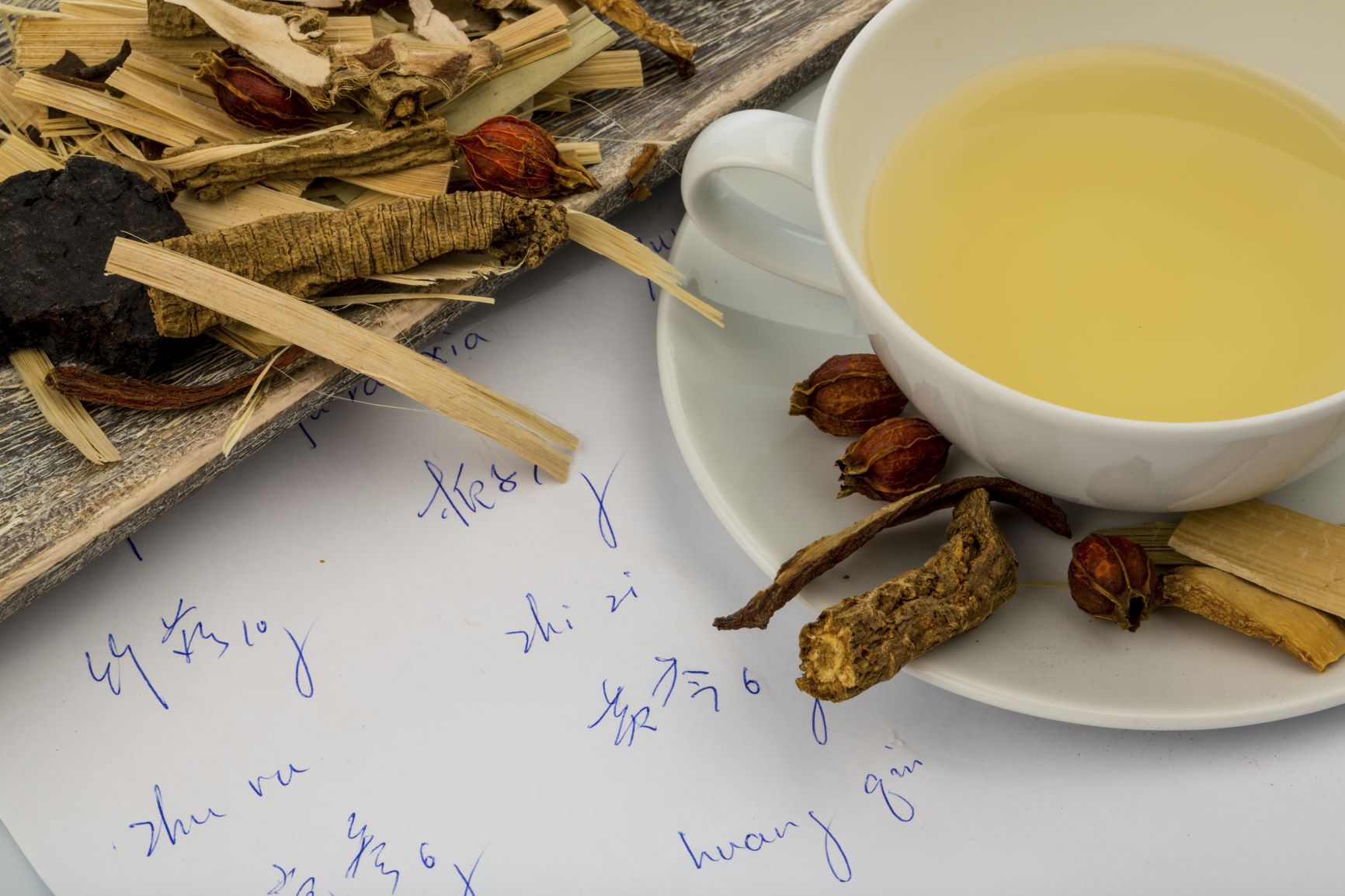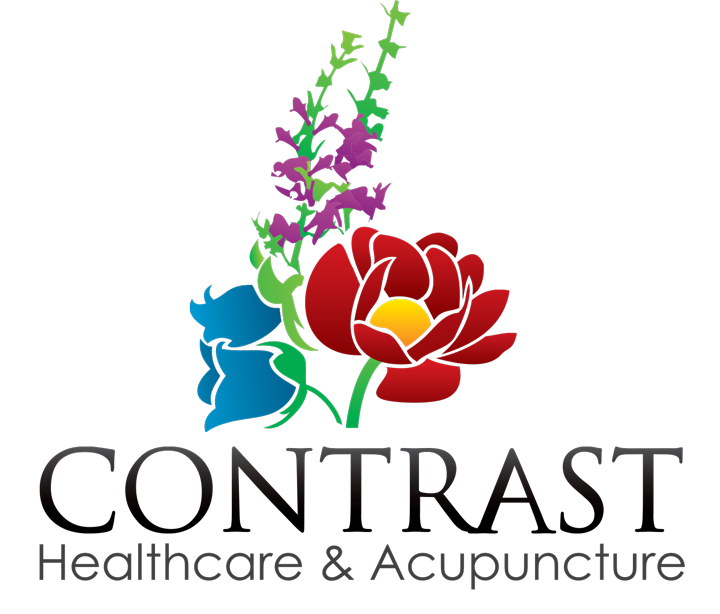TCM and the Common Cold: One size doesn’t fit all

Syndrome Differentiation in TCM
Patient 1 Symptoms
- Acute fever and chills at the same time with stronger chills than fever
- No sweating
- Sore neck and headache to back of head
- Nasal obstruction or sneezing with clear or white discharge
Tongue coating is white and pulse is floating and tight
Patient 2 Symptoms
- Acute to moderate high fever with mild chills
- Sore throat or scratchy throat
- Mild sweating
- Frontal headache
- Dry mouth or throat with thirst
- Cough with yellow phlegm that is hard to move
- Nasal discharge that is thick and yellow in color
Tongue is red with a yellow coating and pulse is floating and rapid
The importance of syndrome differentiation
The proper treatment in clinic relies on the correct differentiation. By treatment we mean the modalities used in clinical practice such as Acupuncture and Chinese Herbal Medicine. Both modalities use different combinations of acupuncture points and herbs to comprise a treatment course that reflects the symptoms being treated. Looking at the above examples we can apply the right treatment as follows.
Patient 1 is showing symptoms of a cold or flu that is cool in nature. The appropriate treatment for this is to apply herbs that (1) dispel wind-cold and are acrid and warm in nature, (2) promote diffusion and descent of lung qi. Acupuncture points used (1) to clear wind from the superficial levels of the body, (2) promote diffusion of the lungs. A common herbal formula for this treatment would be called Jing Fang Bai Du San – Schizonepeta and Saposhnikovia powder to overcome pathogenic influences. This treatment would not work well for patient 2. The principles of treatment do not support bringing the body back to balance in patient 2.
Patient 2 has symptoms of heat that are dominant in the cold or flu process currently affecting the body. Using herbs and acupuncture points to clear heat are the best course of action in this case. Herbs that are (1) acrid and cool that dispel wind-heat. Acupuncture points that (1) clear heat and dispel wind. A common herbal formula for this treatment is called Yin Qiao San – Honeysuckle and Forsythia powder. It is comprised mainly of herbs that clear heat and dispel wind.
The two cases above are a good example how a complaint of acute cough or nasal congestion can be categorized into different treatment options that promote the best results. This is a good illustration of several aspects of TCM in clinical practice and is also only a brief explanation into understanding the theory of TCM. This article is to show that when it comes to the common cold or flu that not one size fits all.
When is it a good time to get treatment for a cold or flu?
At any time and at any stage of a cold or flu a person can have treatment. The pattern will change showing different symptoms which means adjusting the treatment as needed. Most people will benefit from getting treatment at the first sign of symptoms. This will be of great benefit to reducing symptoms of a cold. Another good option is when symptoms are not getting better or there are further complications.
Both patients have a cold and they may come to a TCM clinic with a complaint of a “cough” or nasal congestion looking for relief, but on further investigation we can see that there are several differences with their symptoms. This is an important part of the treatment process to ensure that the appropriate method is used. Improper treatment can lead to cold and flu symptoms progressing deeper into the body.
